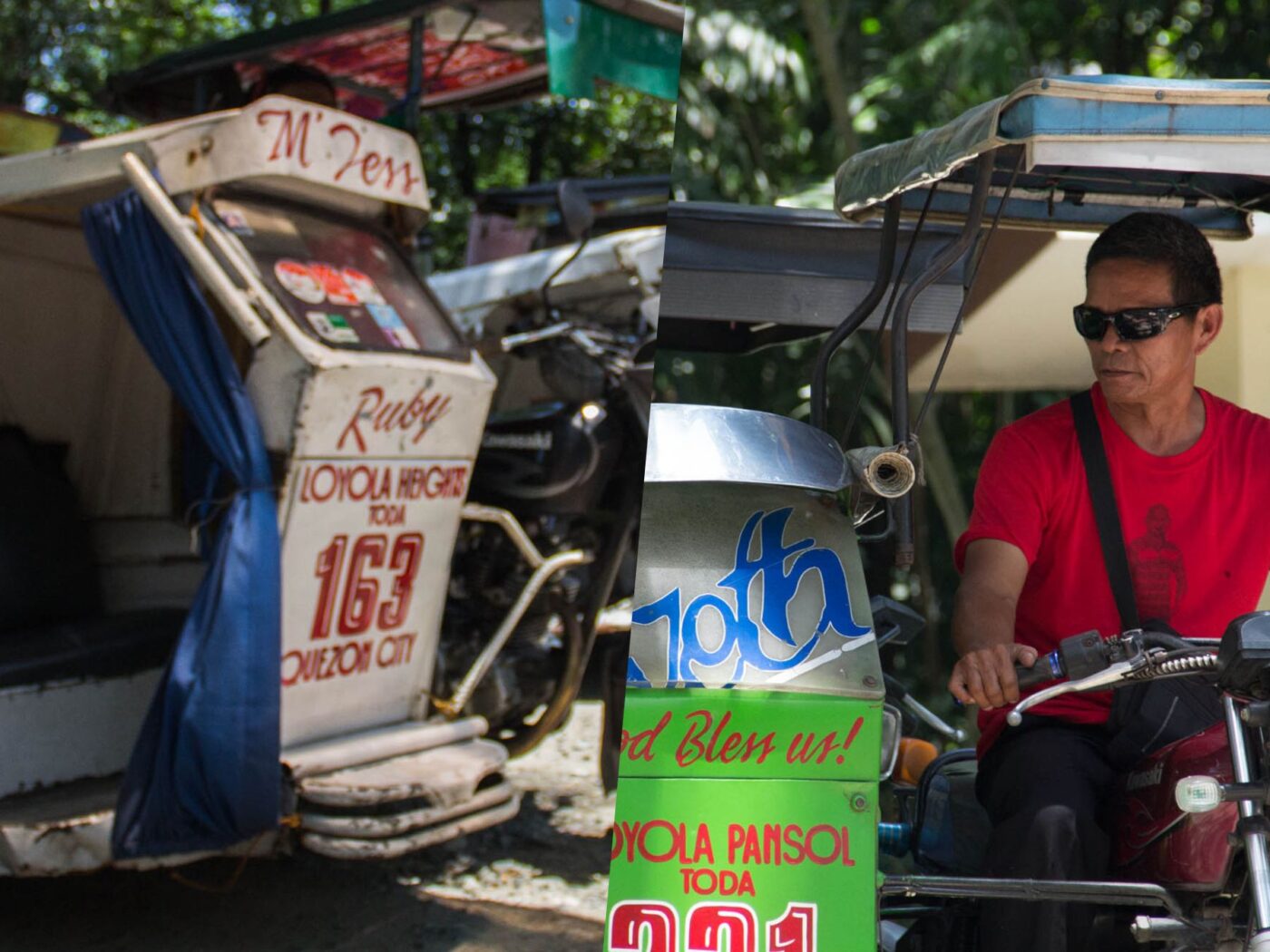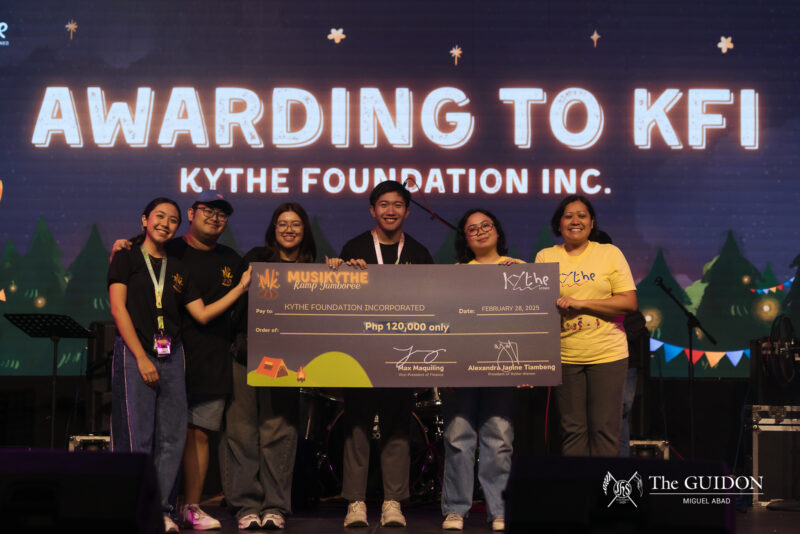DUE TO the rising fare and mobility concerns among Loyola Schools (LS) community members, the Sanggunian and the administration have refocused their response towards more sustainable and stakeholder-centric initiatives such as a Task Force on Mobility.
In addressing imminent concerns, the Sanggunian and the administration also released a complaints helpdesk accessible through the LS One website and a dedicated complaints form.
“[Traffic and mobility] is a complex problem specifically because it’s not just an LS concern. It involves all members of the campus. […] So if there’s going to be a solution when it comes to traffic on campus, it of course has to involve all of those stakeholders,” Nabong said.
Student, driver interests
Despite the Campus Safety and Mobility Office’s (CSMO) regular bulletins on tricycle fares, Nabong revealed that most complaints were about tricycle drivers who do not follow the fare matrix.
“Sometimes the concerns that we receive [are] that the students are being charged [with] higher fees daw or hindi consistent sa napagkasunduan na fare matrix. Obviously, that is wrong,” Nabong said.
Calling for action and stricter implementation, several LS students have thus taken to different social media platforms to express their sentiments on the alleged violations of the existing fare matrix done for trips within the campus and along Katipunan.
Meanwhile, tricycle drivers shared their own concerns about the current fare matrix. Tricycle driver and operator Bert Pagao said, “Naiintindihan naman po namin kung bakit mayroon itong fare matrix at kung bakit ganun ang pasahe. Pero kinukulang pa rin minsan, lalo na sa mga presyo ngayon.”
(We understand why there is a fare matrix and how the fares are priced. But sometimes, it is still not sufficient, especially with the prices [of goods] today.)
Woes addressed
In filing reports to the Student Concerns and Compliance Division of the Office of the Assistant Dean for Student Affairs (OADSA), Nabong said that students should take note of the tricycle’s color and its plate number.
Since different tricycle color codes correspond to different TODAs, Nabong said that this system helps them track the driver in question and brings the violation to the attention of their respective TODA representative.
Upon receiving complaints, mostly on overcharging and fare matrix violations, Sanggunian Administrative Affairs Chairperson Ivan Nabong said that the Sanggunian coordinates with the OADSA.
Then, the OADSA serves as the “central repository of concerns,” which relays such complaints to the respective Tricycle Operators and Drivers Association (TODA) representatives.
Hoping to create long-term solutions, the Sanggunian has created a Task Force on Mobility to reinforce the established guidelines and matrices. It also aims to craft medium and long-term initiatives that promote people-oriented transportation, as well as lobby for policies to the University and local government units.
In its implementation, the committee shall also work with advocacy stakeholders like Move as One Coalition and other counterpart organizations from higher education institutions along Katipunan such as the University of the Philippines Diliman and Miriam College.
“The aim of that committee is to advocate solutions on active mobility on campus, not necessarily limited to tricycles. It’s about addressing the traffic that we face on campus, about the traffic that we face in Katipunan, and basically ensuring that we find solutions that are centered on the members of our community that are very much sustainable,” Nabong shared.
Ultimately, he underscored how important it is the LS administration to understand such mobility advocacies and find policies that can be implemented in the context of the University campus.
Moving forward
On future plans of working on solutions with the administration, Nabong shared that both parties work hand-in-hand in solving issues.
“The dynamic of the Sanggunian and the admin when it comes to these matters: it’s very open. They’re very open when it comes to suggestions, no matter how minute it is,” he commented.
Regarding the Sanggunian’s relationship with the TODA, Nabong shared that it is “very good.” According to him, the TODAs have been very receptive to the complaints and concerns from the LS community, and he is optimistic that their relationship will continue to prosper given their “mutual goal.”
“In the end, we all share a mutual goal which is to be of service to the community. That’s a mutual goal that we all have. Those small concerns are not really big enough to damage the relationship, given the openness that exists in that relationship,” he remarked.
Ultimately, both parties are doing their part in ensuring that transportation and mobility within and around the campus are as accessible and efficient as possible







